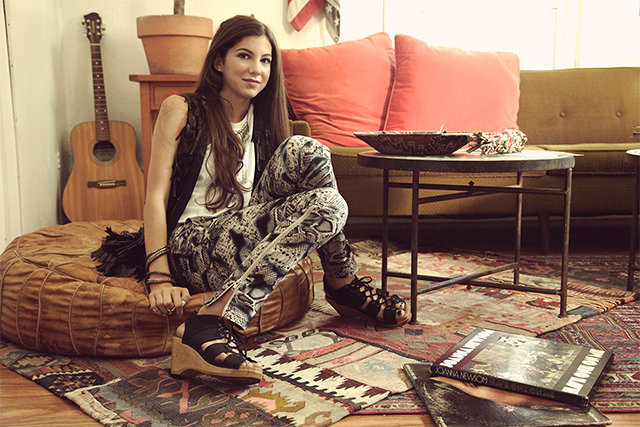John Galliano the clothing designer who was famously fired by Christian Dior after spewing anti-Semitic remarks at a Paris café in 2011 apparently won’t be getting a permanent gig with designer Oscar de la Renta either. The team at Oscar was not willing to put up the money that Galliano needed for his design team. Galliano who had gone through about two years of silence addressed his hurtful remarks in an interview to Vanity Fair magazine last year.
"It's the worst thing I have said in my life, but I didn't mean it... I have been trying to find out why that anger was directed at this race. I now realize I was so f---ing angry and so discontent with myself that I just said the most spiteful thing I could.”
In February 2011, Galliano was arrested for allegedly attacking a couple in Paris and using anti-Jewish insults, in addition to making his infamous comments like "I like Hitler" which eventually led to his dismissal from Dior.

QueenieAustralia formal dresses
Galliano blames his despicable rhetoric on an on-going battle with alcohol and addictions. In his own words Galliano said “I was either going to wind up in jail or dead.” As time has passed and de la Renta allowed Galliano to show some of his collection this past year he stepped out in what appeared to be a Hasidic-themed outfit and everything fell apart again.
The controversial outfit, which Galliano wore the day of his big Oscar de la Renta comeback this week, reignited the conversation around the designer's ill-advised behavior and his subsequent forgiveness. Barneys Creative Ambassador-at-Large Simon Doonan and stylist Mary Alice Stephenson both argued that Galliano did not intend to offend with his questionable outfit. "I mean, John's dressed like that for the past 25 years," said Mary Alice. "I think it was innocently done," added Simon.
The New York Post blasted the designer's fashion statement, splashing the photo across the front page with the headline "SHMUCK! Jew-bash Designer's Costume Mocks Faithful." "He’s trying to embarrass people in the Jewish community and make money on clothes [while] dressed like people he has insulted," Williamsburg community leader Isaac Abraham was quoted as saying.
Around the same time that Galliano was suspended over the multiple incidents at a Paris bar, NY Mag's The Cut interviewed "a source" who'd "worked closely with Galliano on several projects" who said: "I'm an observant Jew, and I know from my own experiences with him that there's no way he hates Jewish people. He's incredibly gentle."
Galliano who insiders say has been getting sober has been focusing his talents in London. He has also been mentoring fashion students at Central Saint Martin’s College of Arts and Design.
Although no permanent deal could be struck with de la Renta the fashion icon released this statement: “John and I have known each other for many years, and I am a great admirer of his talent.” “He has worked hard on his recovery, and I am happy to have given him the opportunity to re-immerse himself in the world of fashion and re- acclimate in an environment where he has been so creative.” Sources say Galliano is in talks concerning multiple fashion projects.
QueenieAustralia backless formal dresses


